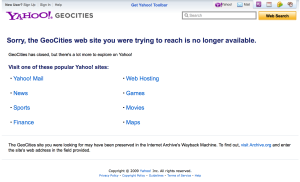Dr. Shannon Stettner, Special Series Guest Editor
It’s hard to study abortion without being an activist. Reading about or hearing women’s experiences with unplanned pregnancies, past and present, and the challenges they encounter and overcome – or don’t – in their efforts to end those pregnancies is politicizing. When you study abortion experiences from the 1960s, like I do, and compare them to the experiences of women in current day New Brunswick and Prince Edward Island, you know that the issue is far from resolved.
Our conference, Abortion: The Unfinished Revolution, will be held at the University of Prince Edward Island on August 7 and 8, 2014. When we (Colleen MacQuarrie, Tracy Penny Light and I) decided to issue a call for papers, we had no idea of the response we would get. We anticipated a small, local conference. Instead, over the course of two days, more than 70 papers will be heard, with presenters coming from across North America, the United Kingdom, Europe, Australia, India, and Africa. Our conference is the first international academic conference on abortion in Canada. It is clear from the response, that we have touched a nerve – or lit a spark.
The response is all the more surprising, given our location. While we recognized that holding the conference in Toronto might have raised our numbers or made logistics a little easier, our choice to hold the conference in Charlottetown, PEI was deliberate. PEI is the only province where Canadian women have no access to abortion.[1] The anti-abortion movement calls the island “a life sanctuary.” We think it’s time to bring abortion to the island – both symbolically, as we’re doing with the conference, and literally as one of our organizers, Dr. Colleen MacQuarrie, is attempting to do through her study of and activism around abortion on the island. MacQuarrie’s groundbreaking research on the effects that the lack of access to legal abortion has on the women in PEI will be highlighted in one of the posts to appear in this week’s series. Continue reading



